
I’ve always had a limited amount of patience for perspective. It was necessary as a realist painter to at least understand the basic concepts, however I lean heavily on photo reference and now 3d renders to aid my work. Applying a basic understanding of vanishing points and eye levels to these aids has generally worked well enough to construct believable scenes.
As I’ve become more interested in the art of photography, however, I’ve found that translating perspective is more nuanced than I’d generally believed. Almost all lenses that we might use are going to render straight lines as straight lines and give what feels like a faithful interpretation of the scene. They essentially conform to the simple rules of 1, 2, and 3 point perspective. The question that I’ve been asking lately though is, are 1, 2, and 3 point perspective renders actually how we see? And what more exotic lenses can go beyond this? I accept that straight lines should look straight because this is the visual language we’re saturated in and this concept was standard long before photography, but is this accurate?
The problems with 1, 2, and 3 point perspective
There are two issues I’ve been considering. The first is that our vision is binocular. Unlike a camera with a single lens and a singular position relative to a vanishing point (VP), our vision actually combines two relative positions to any VP, because we have two eyes. The difference might be imperceptible in distant objects, but it is very noticeable in close objects if you blink back and forth between each eye. Our brain reconciles any misalignment such that we don’t actively think about it, but we can better perceive depth.
The other big departure from a photo is that our vision has no hard border. Peripheral vision does not end with the typically rectangular edge of a photograph, it just kind of… ends. Somewhere. As a result, it’s not so easy to judge how much distortion or curve might be introduced in our peripheral vision. There’s no straight border to compare against. Any method of trying to frame our view, such as the edges I can see of my eyeglasses, is subject to the same potential distortions and so not reliable.
I first thought about this when seeing a show of Antonio Lopez Garcia’s work some years back. I had previously only known his work through small reproductions, but the originals can be fairly massive. In his cityscapes, he has an occasional tendency to curve straight lines at the periphery. This had seemed to me an interesting stylistic choice, perhaps to invoke the feeling of a very wide view. It wasn’t until I saw this in person, as it was intended to be seen, that it made sense. Standing in front of the massive painting and looking into its center, these curved lines felt straight. My brain was correcting for the warp, implying that it is doing this all the time automatically.
Unconventional lens designs
As mentioned above, most lenses are designed to reproduce straight lines as straight as possible. This type is called a rectilinear lens, and it is pretty ubiquitous in our daily lives. It conforms to the rules of 1, 2, and 3 point perspective. But what other lenses designs exist? I’m going to talk about two, as well as an unconventional use of rectilinear designs.
The first is the curvilinear lens, more commonly called a fisheye lens. While the limits of rectilinear lenses are 3 point perspective, a fisheye lens presents the world in 5 point perspective. Through this view, all straight lines take on a curve unless they fall directly on the central horizontal or vertical. Is this “realistic”? It doesn’t feel realistic to me, though I wonder if an image were to be projected at mural size like those Antonio Lopez Garcia paintings and I stared only at the dead center if it might feel more correct. The major disconnect is that most fisheye lenses capture a much wider angle of view than our eyes naturally see. Compounding that, we’re likely viewing them relatively small. If enlarged to proportionally match our natural vision, with the wildest distortions spilling beyond the limits of our peripheral vision, I suspect they might feel quite accurate.
Then there is the swinging lens. This is a rectilinear lens built on a pivot which rotates while capturing a photo. The capture surface is curved in an arc around the pivot. This means that the lens is physically pointing in one direct at the beginning of capture and another at the end. Digital panoramic captures, such as panning your phone across a scene, use this same basic method. The result is similar to continuous 4 point perspective: verticals that stand parallel (when the horizon is centered) or converge linearly to a single point (when tilted), but horizontals that curve as they connect north/south and east/west VPs. As the lens swings, the relationship to eye-level VPs continuously changes in the same way as you see panning a camera, except it is combined into one capture.

I don’t even know what perspective (continuous 3 point? Is that a thing?) using a Horizon 202 swinging lens camera
The result is an image that is both rectilinear and curvilinear. The compromise of the two can feel correct in a unique way, allowing us to see straight verticals and curved horizontals that suggest a very wide view without the full warp of a fish eye. If these images were reproduced on a curved mural, the horizontal lines would appear straight again.

A reverse example. Because these steps arc in a circle (left), a swinging lens shot from the center point turns everything into straight lines (right). Thanks to Peggy Guerin for the shot of me at work!
The final exotic design is a shift lens. The shift lens allows us to maintain 1 or 2 point perspective while also looking up or down. When we tilt a rectilinear lens, we create a third VP and enter 3 point perspective. In other words, when we tilt the horizon away from the center of our image, architecture begins to taper. This sometimes looks “wrong” and we want to maintain those parallel verticals. The shift lens does this by creating a huge projected rectilinear image and allowing you to recompose within that image circle. In other words, cropping. So to maintain parallel verticals, you lock the center of your image on the horizon and then adjust the image circle up or down to view the desired area. Your horizon will move up and down, but the perspective does not change. This mechanic was a very common tool in the days of large format view cameras because they allowed movement of the lens independent of the film plane. Those movements are a rarity in modern digital photography. This is exactly the same concept as taking a wide angle photo and then cropping to the lower or upper portion to adjust the framing.

(top) framing the scene with a conventional rectilinear lens requires us to tilt up, introducing a vanishing point that causes verticals to taper. This scene is in 3 point perspective. (bottom) with a shift lens, the camera is set level to the horizon and then the image circle is raised to match the desired framing. The result maintains 2 point perspective while giving the view I want.

A visual aid to how the shift lens would look and function when set at center (left) vs shifted down (right)
Theory into practice
So what does all of this add up to? One take away for me is that the intended presentation should be considered from a perspective point of view. My work is rarely printed larger than a poster, so this isn’t likely to be an issue, but it might be worth thinking about if I were to create an immersive mural. Another interesting point for me is just comparing the feel of these different perspectives and considering how they might enhance the story of a painting. The more points of perspective are added, the more kinetic an image feels too me. Sometimes to a disorienting degree.

I find it noteworthy how objects on the edges of a rectilinear photo will eventually stretch into unrealistic distortions while those on the edges of a swinging lens photo maintain their proportions
The main conclusion for me, however, is that perception of the world is not as fixed as I might like to think. Photography is tremendously useful as an aid to painting if you understand the basic mechanics of it. Choosing appropriate lenses and combining multiple sources should be done thoughtfully for the best effect. Exploring these admittedly more exotic means of depicting perspective in photos has given me a deeper understanding to draw on. More than that, however, it’s caused me to think more about what it is that I actually see when I look at the world. It is convenient to reduce everything to the simplest forms of perspective where all straight lines can be drawn with a ruler, but I now see that approach as just that: a simplification.




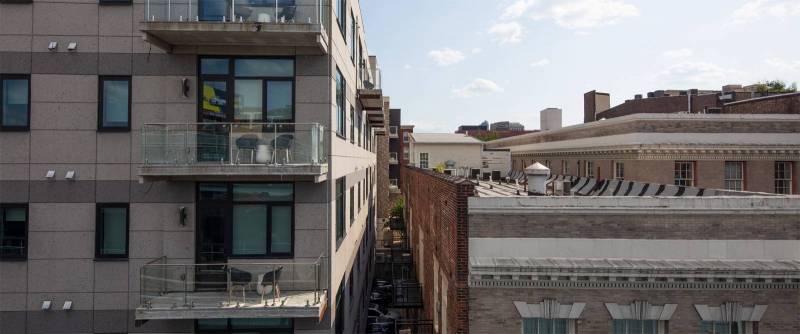
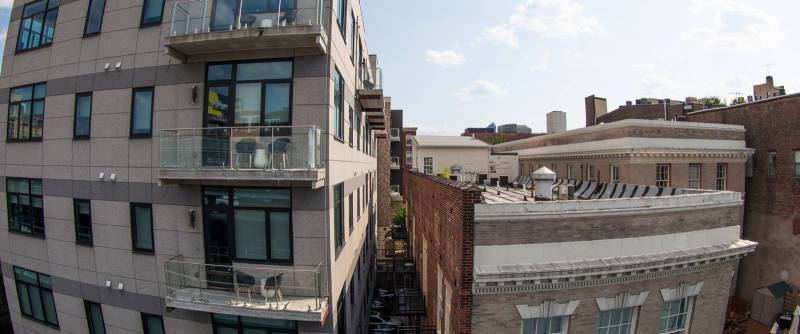
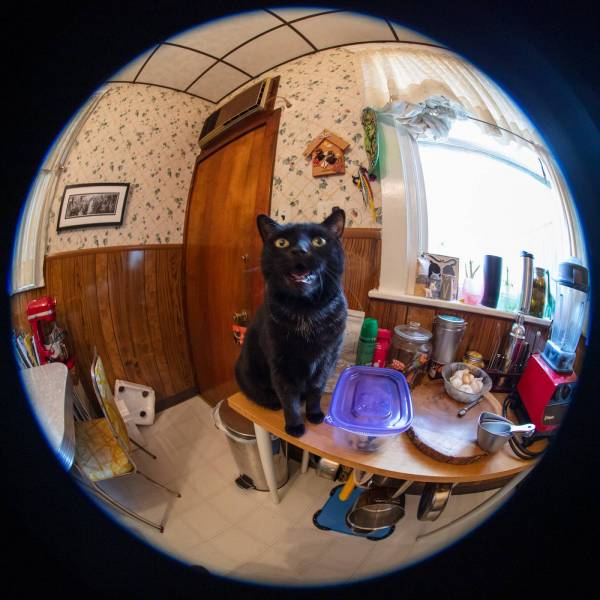
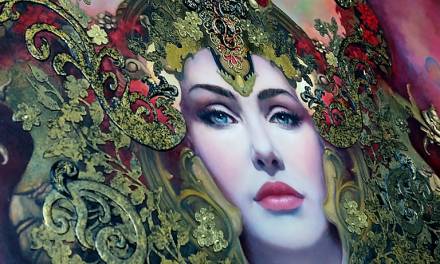
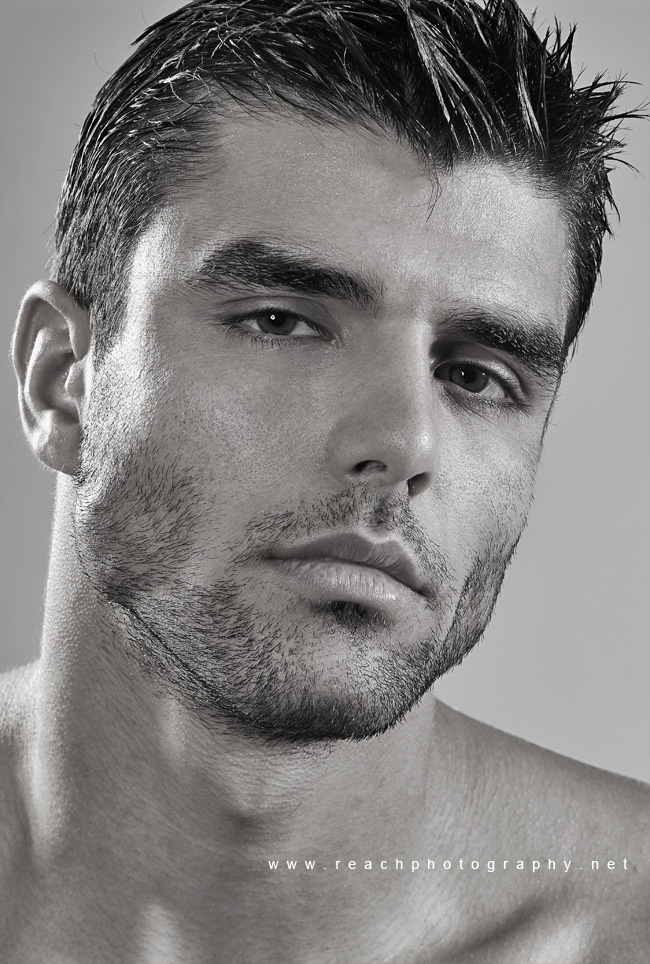
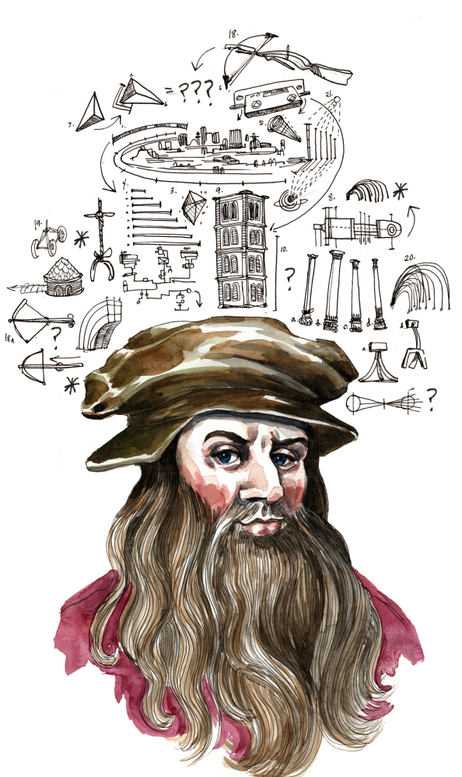
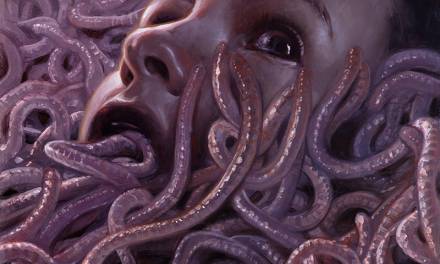
Super article! Thanks for sharing.
It is so easy to get frustrated with one’s own photography, not knowing how to correctly take a photo of something when the eyes can so easily do that.
The swinging lens is probably the one that suits how I personally would like to portray (certain) scenes, so will investigate further.
Thanks again!
For sure, it’s a very unique way to capture. Options are limited, but the Horizon cameras (202, Kompakt, and Perfekt) are probably what I’d recommend. Besides being the most available in good working order, they also feature a bubble level on the top which is also projected into the viewfinder to help keep horizons centered and flat whether hip shooting or framing with the finder, something otherwise very difficult to do
Hi David,
What an absolutely amazing perspective on well, perspective.
I have never heard of the swinging lens before.
Thank you so much for this deep dive it really made some of my understanding on this subject just that much more clearer.
I have been kinda stumped when it came to analyzing say Kim Jung Gi’s work because to me the stuff he draws somehow has such a naturalistic “perspective” but I couldn’t define what I see in his work.
The term I have used for myself is to define it was field of view perspective not point perspective because although he himself sometimes breaks it down into point perspectives it didn’t seem correct to me.
That last set of comparison photos you put there under Theory into Practice really opened my eyes.
The swinging lensed version, I am amazed at how it doesn’t distort distant things like that white brick building on screen right.
Anyway I just want to say thank you so much for your incites into this, it has really opened up my understanding of perspective and I am really interested in looking into swing lense references in the future.
Best,
Ryan
Totally! Yeah, Kim Jung Gi’s perspectives are really interesting. He’s one of the few artists I can think of who is very comfortable curving straight lines for perspective effects. Looking back at his work, I’m seeing a lot of swinging lens type perspective, particularly what a swinging lens looks like when also tilted up or down. Remarkably similar. This can be achieved with vanishing points, but most of us never explore it. A demonstration of this is “continuous four point perspective.” Every VP has a corresponding VP 180 degrees opposite. East/West for example. Any line emerging from the East VP will end at the West VP, and therefore must curve. In continuous four point, the four points would essentially be a relative North/South and East/West, with verticals parallel. Tilting creates a 5th VP so that verticals now taper and the horizon begins to curve. This is also what happens when tilting a swinging lens. Super interesting comparison.